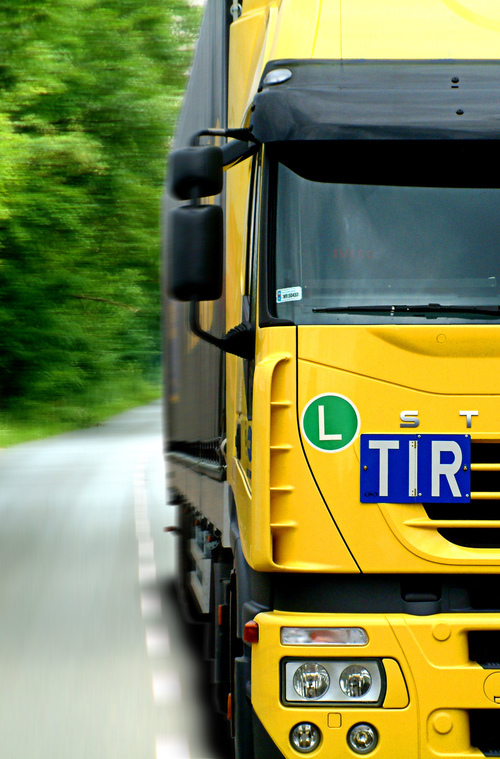
Transportation is an essential means of travel in today’s world. However, the emissions of certain gases from transportation are a part of the pollution of the environment. Efficient and effective road transport could reduce the omission and improve the environment for plants to capture more carbon and grow faster. In return, ZZ plants are air purifiers and help improve the environment, a NASA study has suggested. It is good to know how to repot ZZ plant, and how to repot ZZ plant is simple. This article discusses reducing the omission of road transport to help plants grow.

Ozone Limits Plants to Grow

A cocktail of gases – nitrogen oxides, methane, volatile organic compounds of non-methane, and carbon monoxide mix together to form an Ozone Layer in the atmosphere. In other words, Ozone forms in the atmosphere via the complex chemical reactions of nitrogen oxides, carbon monoxide, methane, and volatile organic compounds of non-methane rather than emits directly. Ozone on the surface of the Earth limits photosynthesis, and it reduces the ability of plants to grow.

There are seven common areas of the activities of humans that emit amounts of the gases in the environment to form an Ozone Layer. These common areas are agriculture, industry, residential, energy, road transport, waste/landfill, and shipping.
Reducing Emissions Help Plants Grow
According to a study conducted by the University of Exeter, a 50% decrease in the emissions caused by the seven human-made sources (which include road transport and energy production) could improve the environment and help plants grow to contribute to the Negative Carbon Emissions. The study indicates that a target of reducing these specific emissions by about 50% considers “large but plausible”, which cites the examples of reducing omission that some industries have already done.
According to the study, the large reduction in air pollutant emissions by road transport and energy is the most effective measure to mitigate the ozone-induced loss of plant productivity in the Eastern United States, Eastern China, Europe, and globally.
Conclusion
The results from the study suggest that mitigation of the ozone-induced vegetation damage is an opportunity to contribute to the Negative Carbon Emissions, and it offers a natural climate solution to link fossil fuel emission abatement, better air quality, and climate.
In short, choosing efficient and effective road transport could reduce the emissions of air pollutants and improve the environment to help plants grow.

